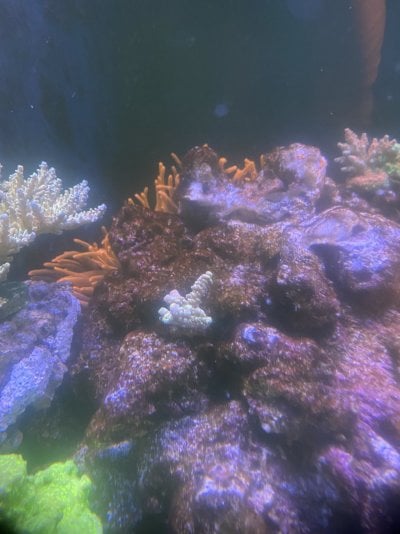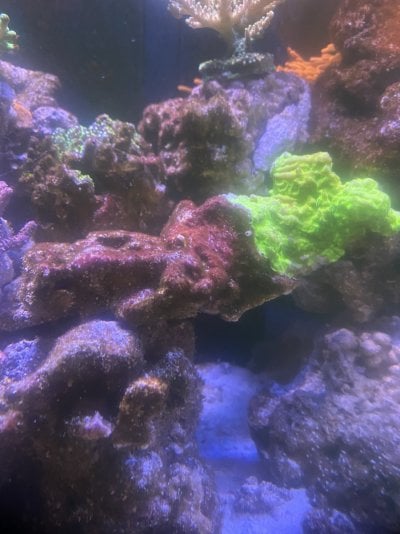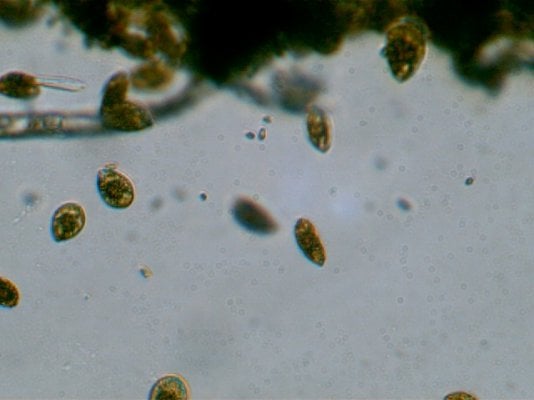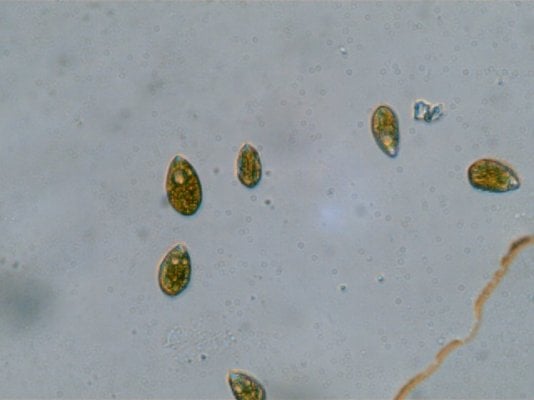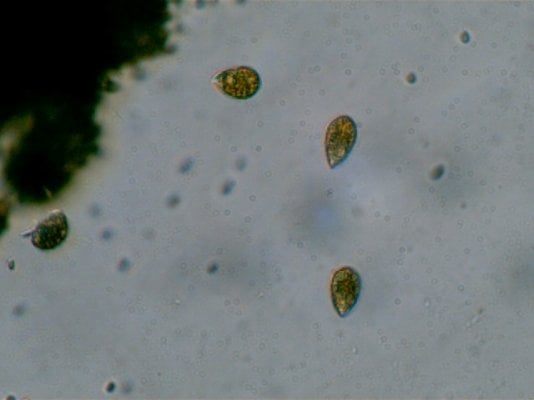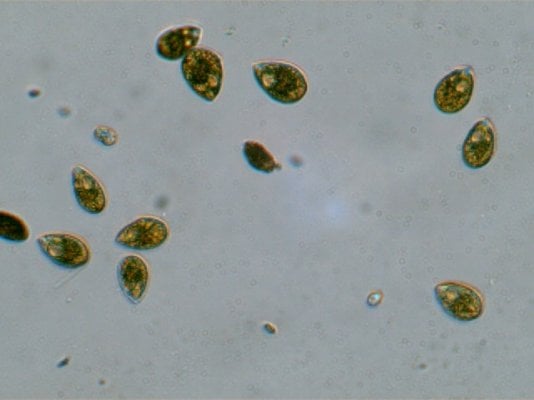How’s my battle with diatoms? Great! (Sarcasm). I found out I was underdosing silicates because my tank is very large. Very minimal diatom growth. Maybe 1 or 2 cells with millions of coolia dinos. Think I’m starting to see other dinos too!
Here’s my new steps: bottle of concentrated silicates coming in 2 days. I found my phosphates are STILL dropping even though I’m feeding fish frozen multiple times a day - 0.07ppm from 0.09ppm - adding pellets and feeding more heavily. Skimmer offline and might even remove socks.
I don’t like UV, I actually sold my 80 watt sterilizer before my Dino’s issue because I was having particles that the UV wasn’t taking care of. I need a pool diatom filter…




Here’s my new steps: bottle of concentrated silicates coming in 2 days. I found my phosphates are STILL dropping even though I’m feeding fish frozen multiple times a day - 0.07ppm from 0.09ppm - adding pellets and feeding more heavily. Skimmer offline and might even remove socks.
I don’t like UV, I actually sold my 80 watt sterilizer before my Dino’s issue because I was having particles that the UV wasn’t taking care of. I need a pool diatom filter…







